
DeliriousARCHITECTURE is a project of IAAC, Institute for Advanced Architecture of Catalonia developed in the Master in Advanced Computation for Architecture & Design – MaCAD. The aim of this project is to explore the possibility of enhancing architectural style explorations by using GAN. The approach we followed was to first find a dataset that would represent two extremes of architectural styles from different periods and envision an intersection of the two. The styles chosen for this exercise were Gothic architecture and Deconstructivism.
Training dataset was created by combining the two pre-existing datasets. The merged dataset was later used to generate images on GAN and DCGAN models. The results of this experiment are exhibited in the poster, blog and more detailed – in google slides.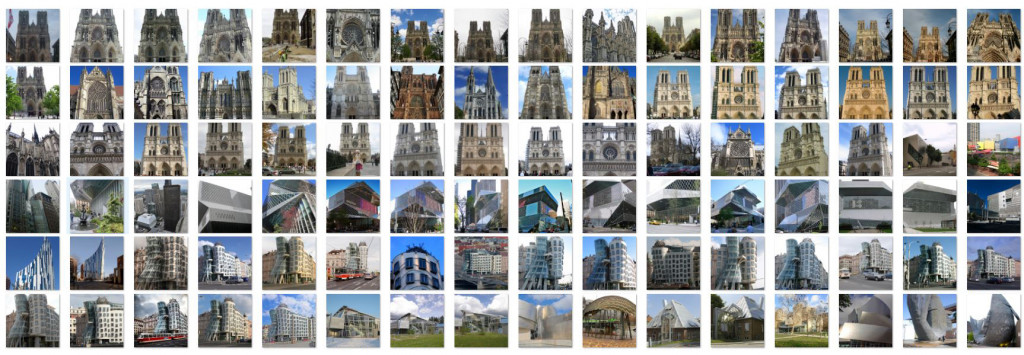
The project is divided into 3 main runs showcased below.
RUN I : Style GAN
The first set of explorations were done on the Style GAN model provided to us in class. The image dataset was first reshaped to same size using pytorch, torchvision libraries.
The model was run with the same dense layer stacking. The learning rates were altered along with other hyper parameters and trained multiple times.
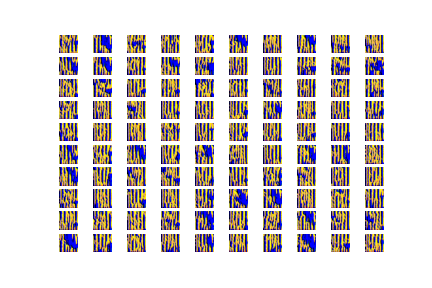
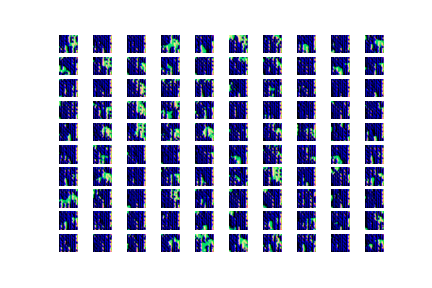
Conclusion
After a number of alterations in hyper parameters we were still unable to get observable meaningful results, and we came to the conclusion that the model we are using is tuned for reading and generating floor plans with abstract features whereas our dataset has more intricate details which are being lost in training. The next step we took was to look for different GAN models that would fit our purpose better.
RUN II : DCGAN
A Deep CGAN was selected for the next step of the exercise where we first build a new model based on tensorflow DCGAN example. The exploration was aimed at altering the learning rates from high to low and record the changes. We tried different training methods including using checkpoints to continue learning from certain phase thus yielding better results.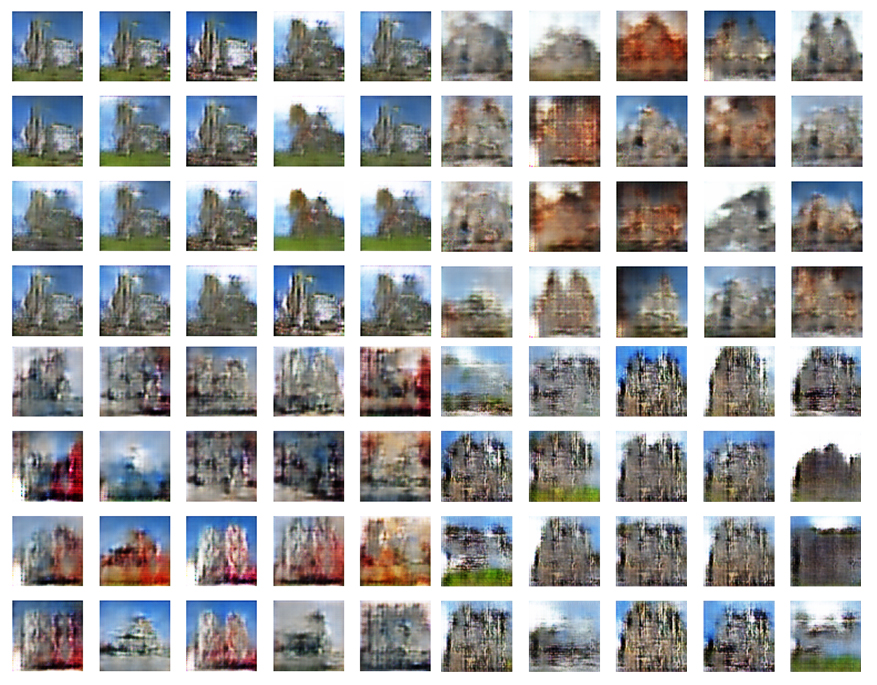
Conclusion
After testing multiple different hyper-parameters settings, batch sizes, learning rates and starting training from different checkpoints we got better results than in the first iteration. Unfortunately, they were still not fully satisfactory for us. The generated images started to represent features of the buildings but the overall quality of outputs was still to blurry, not ‘crisp’ enough. That outtake indicated us to go back to original stylegan model (step 1) and play more with its architecture.
RUN III : Style GAN
The last exploration of this exercise were running the original notebook and tweaking the model architecture, by adding conv2d layers and playing more with hyperparameters and layer settings. The hopes behind this step was to further improve the visual results of generated images.
RUN_3A
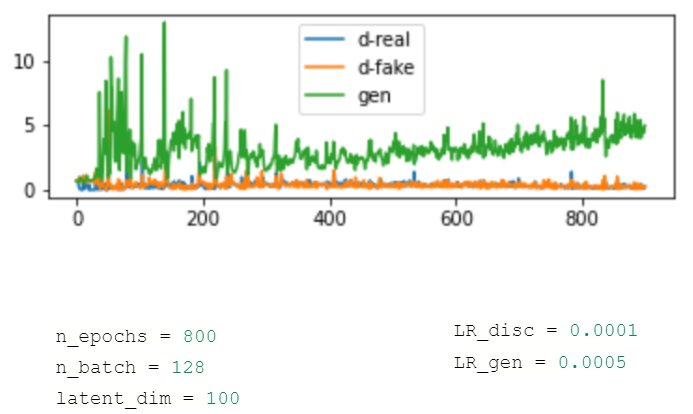
 RUN_3B
RUN_3B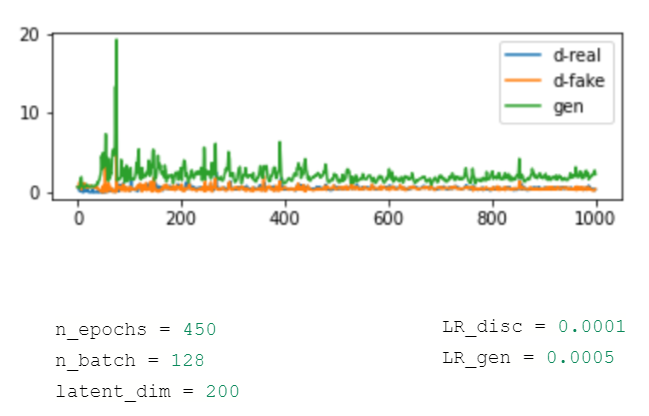
Final conclusion
By fiddling with the layers we were able to achieve much better results. The edge delivery and details were better preserved in the output images. Unfortunately, the results were still not completely satisfactory and could benefit from further work.
Our intake and future steps after this exercise to improve would be to :
- Increase dataset size
- Try using Nvidia StyleGAN with higher resolution dataset in order to much more detailed outputs
- Do further research in terms of the science behind GAN model in order to understand the problematic actual neural network better
Credits
Seminar: Digital Tools for Generative Building Design
DeliriousARCHITECTURE is a project of IAAC, Institute for Advanced Architecture of Catalonia developed in the Master in Advanced Computation for Architecture & Design – MaCAD, module Artificial Intelligence in Architecture 2020/21 by:
Students: Aleksander Mastalski and Krishnanunni Vijayakumar
Faculty:Stanislas Chaillou and Oana Taut